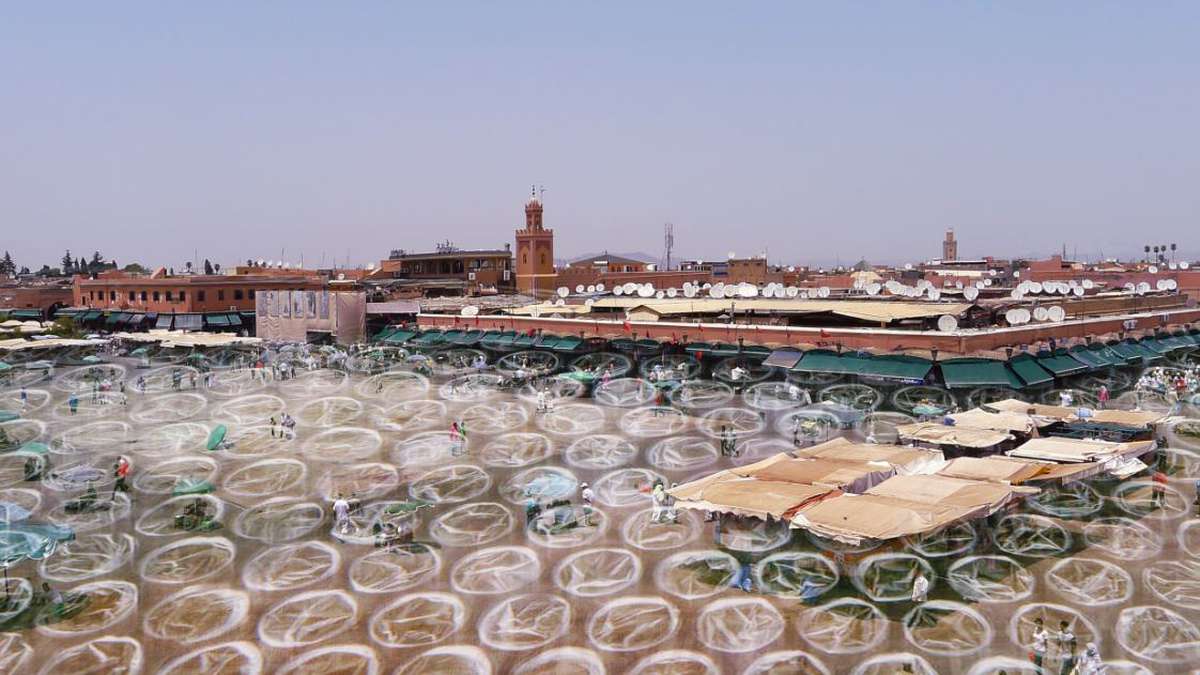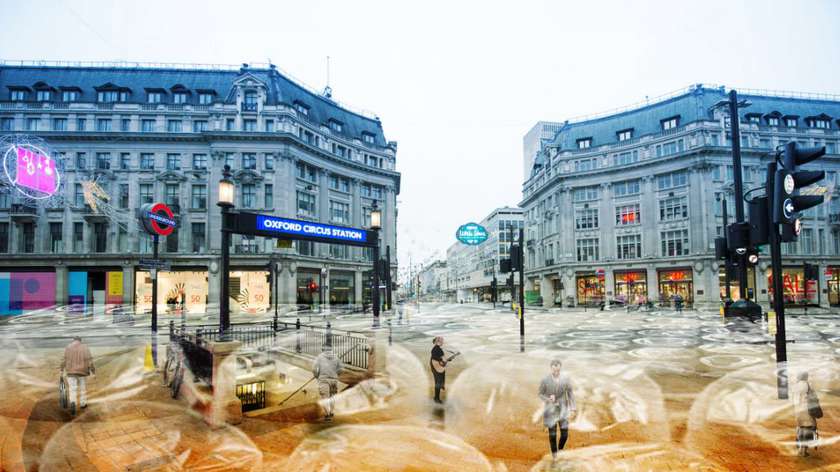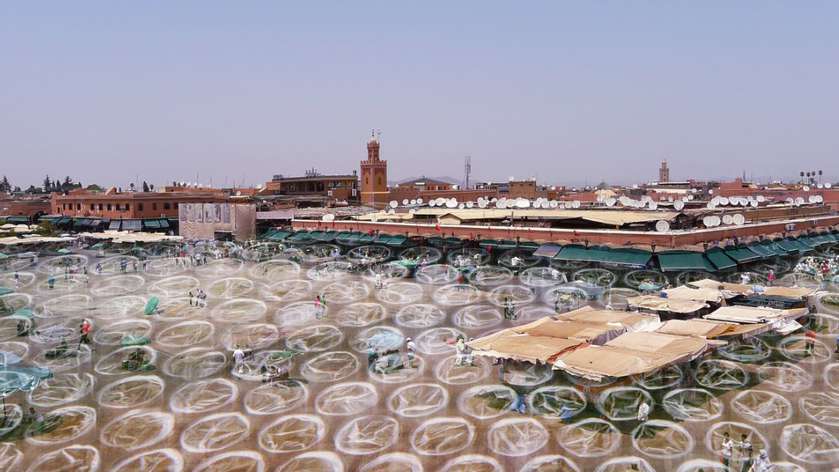Idea by
Tomás Reis
Call for ideas 2021
Plastic Wrap City
Plastic Wrap City

- Systemic changes
How is the pandemic disease shaping our cities? The spread of coronavirus left virtually no time to adapt. Therefore, rather than making cities more liveable, there is a risk that the new solutions make it more difficult to move around.
Like plastic bubble wraps in delivery packages, public spaces should make people feel safe. Not only plastic bubbles absorb shocks, but also make protection redundant, ensuring the care for the most fragile items. If one bubble bursts, others remain undamaged. On the other hand, physical barriers are a threat to the continuity of public space, to mobility and social inclusion.
What will happen in post-pandemic cities? How will public spaces convey a sense of safety, when social isolation seems to be the best way slow down the spread of a pandemic disease? If the 2-metre distance between people is a reference, as per epidemiological standards, it will not be hard to imagine all public spaces becoming like bubble wraps, with 4-metre wide bubbles.


Plastic Wrap City
Plastic Wrap City

- Systemic changes
How is the pandemic disease shaping our cities? The spread of coronavirus left virtually no time to adapt. Therefore, rather than making cities more liveable, there is a risk that the new solutions make it more difficult to move around.
Like plastic bubble wraps in delivery packages, public spaces should make people feel safe. Not only plastic bubbles absorb shocks, but also make protection redundant, ensuring the care for the most fragile items. If one bubble bursts, others remain undamaged. On the other hand, physical barriers are a threat to the continuity of public space, to mobility and social inclusion.
What will happen in post-pandemic cities? How will public spaces convey a sense of safety, when social isolation seems to be the best way slow down the spread of a pandemic disease? If the 2-metre distance between people is a reference, as per epidemiological standards, it will not be hard to imagine all public spaces becoming like bubble wraps, with 4-metre wide bubbles.

